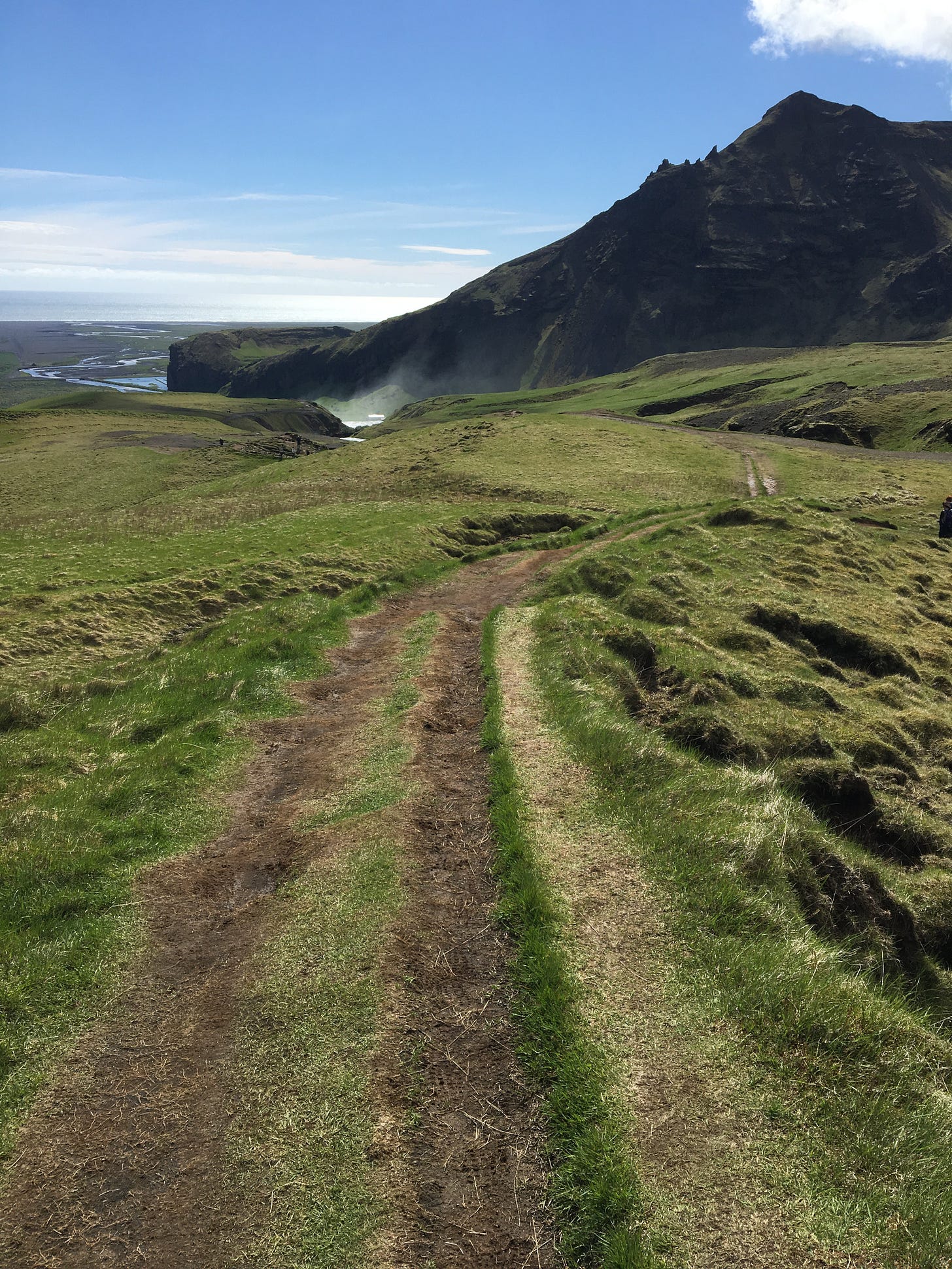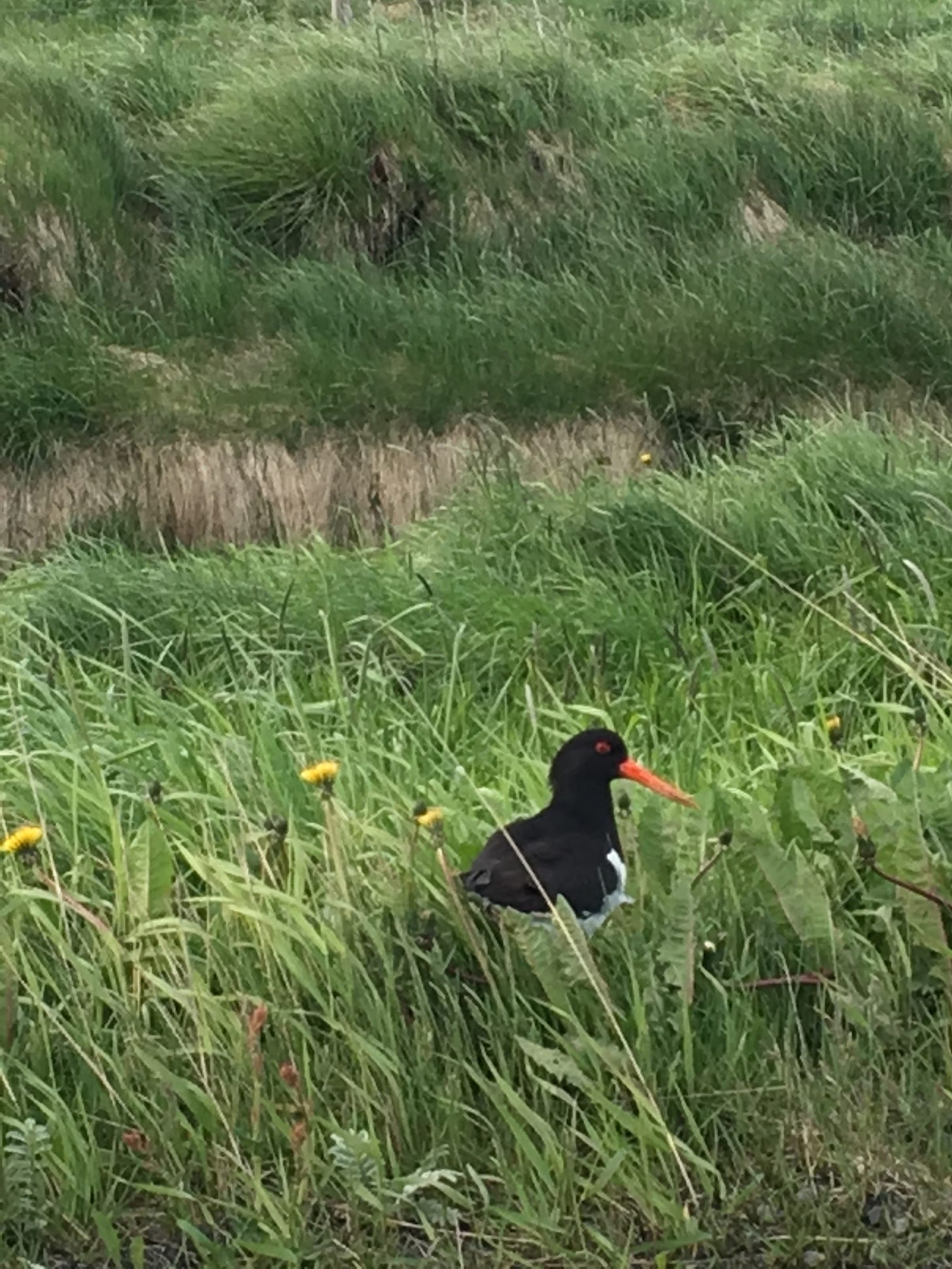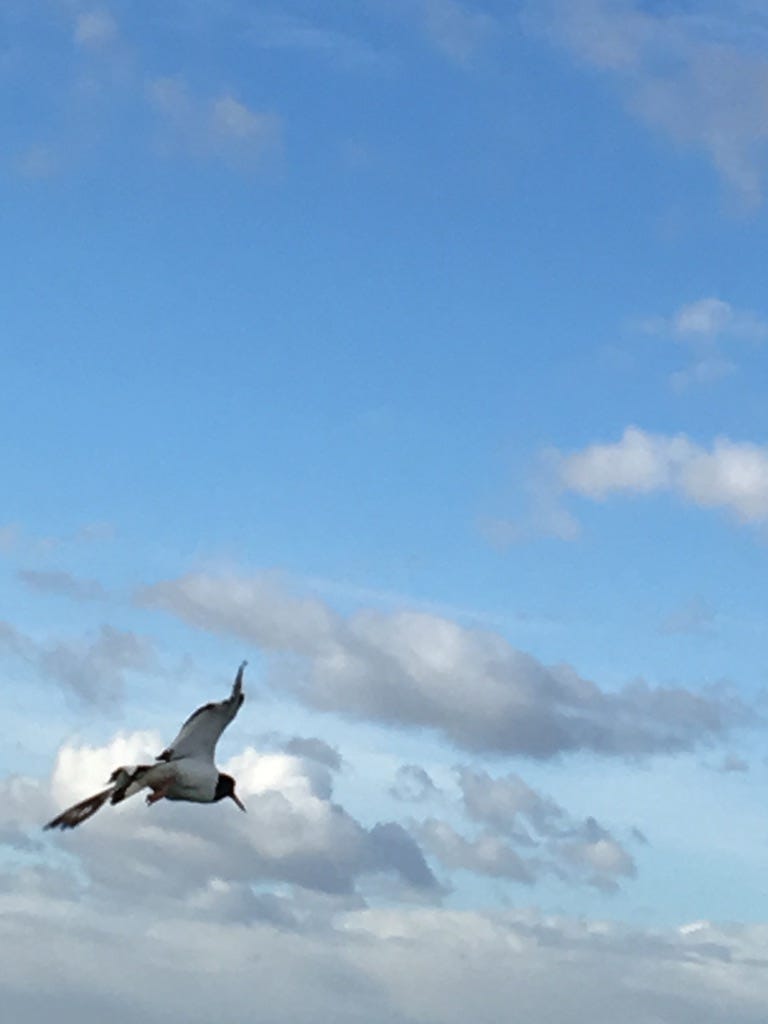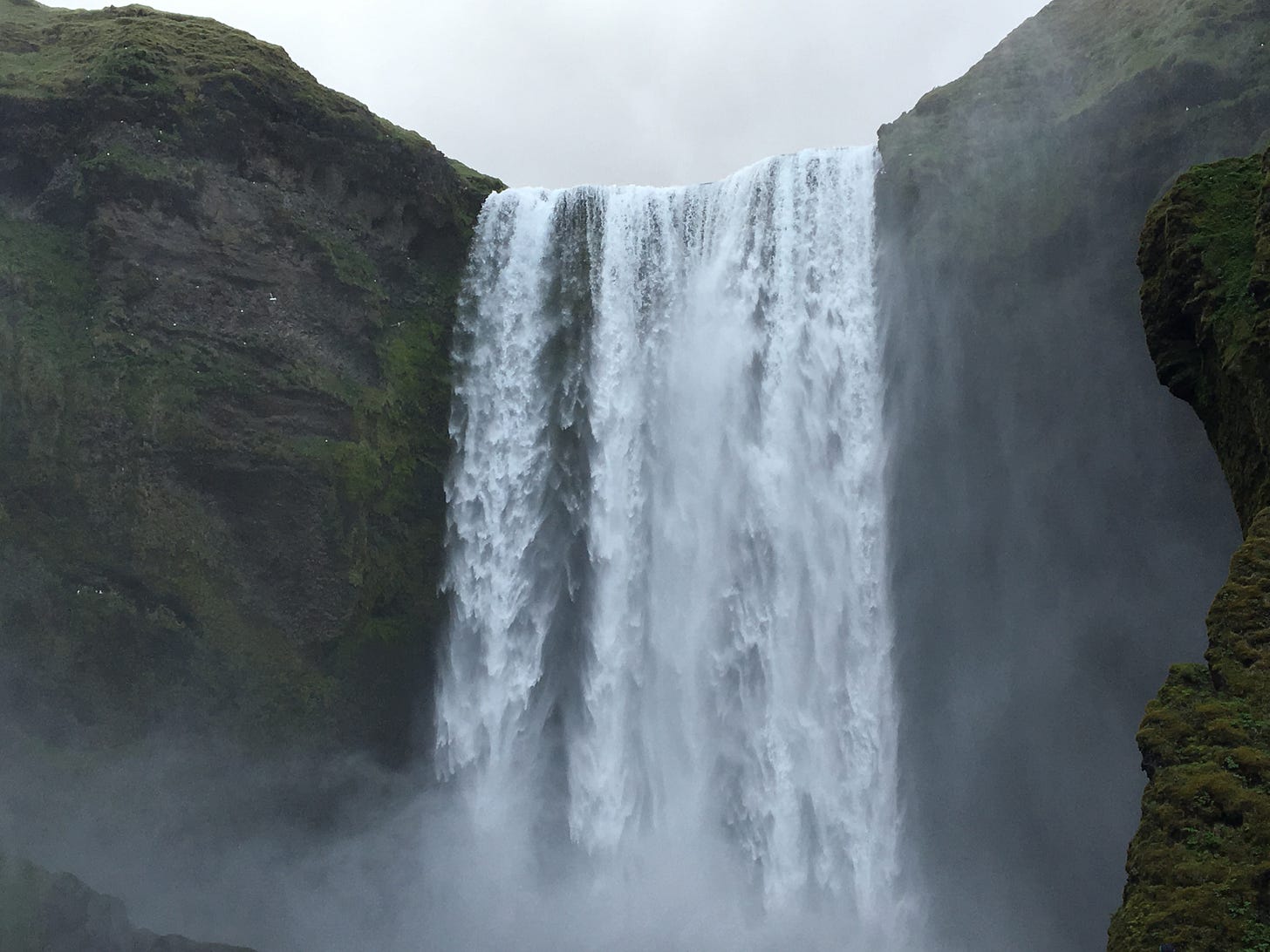What Our Selfies Are Doing to Our Selves
From "Disappearing Landscapes," Chapter 4, of WHY LITERATURE STILL MATTERS
The full text of this chapter will be available in my Why Literature Still Matters ( You can can order it here).
Those who travel a lot, or at least who travel to the same place often, forget what it is like to feel scared and strange and alien and foreign in an exotic land. It’s not at all the kind of feeling you would call “pleasant.” If you could bottle the feeling and then try to sell it, no one would buy it. It is one of confusion, tiredness, and anxiety, in which you just want to go hide and be left alone.
I had forgotten this feeling myself. I had it at 19, when I first went abroad, but as I kept going back to England and Italy almost every year after, those strong feelings were more and more diluted with every trip.
But when I visited Iceland, it all came back: anxiety, disorientation, confusion, excitement.
Iceland is, indeed, very foreign. Major highways narrow to one-lane bridges, and paved roads end in gravel lanes with hardly any warning—just a sign: “Malbik Endar.” In the western part of the island, the landscape is strange, apocalyptic, open, and void of all but a few emaciated trees.
Channels of steam break out of the ground and shoot up. In the south, the skies are open, like they are in Texas, but flocks of fat geese and tiny little sheep—they look like small dogs—move among fields that are intensely green, almost blue, as they are in Gloucestershire. And water is everywhere: falling, cutting through gorges, steaming from the ground, leaping off of steep cliffs in hundreds of unnamed falls that would serve as the heart of a state park anywhere else.
Then there are strange birds (strange to boys from Little Arkansas, at least), like the Icelandic oystercatcher.
He is black on his head and wings, with a long, thin orange beak. But when he is startled, his first seconds of flight look like an explosion, because when he stretches out he reveals a white belly and underwings.
As you try to take all of this in—ugly, steaming boulder fields; startling explosive flights; the cutting and falling of water; roads suddenly plunging into nothing—it creates a bizarre experience of confusion and foreignness, not unlike nausea. It’s not pleasant. It is related to what romantic poets and painters called the “sublime”: that pleasant horror or heaviness you experience at the foot of a lofty and aloof mountain, or the oppressive awe you experience at the top of a waterfall that remains indifferent to your small presence. To tell the truth, after I had been in Iceland for a few hours, I wanted to go home. I felt sleepy and nervous and confused.
But travel is akin to listening to concert music: you pass through landscapes like you pass through soundscapes, in time. If you have ever found yourself sitting in an organ concert, you sometimes wonder to yourself, what am I doing here? Why am I listening to these strange patterns of sound? But then the organist comes upon some delicious passage; it arises and then melts back into the ocean of sound whence it emerged, like a wave returning to the sea. The point is now clear: the whole composition was made to provide the context for those ten seconds of transparency. It’s a breakthrough, a falling, a gliding.
This happened to me, as I was hiking up a to see Skógafoss, the mighty waterfall in the south.







